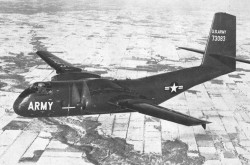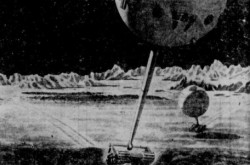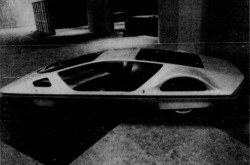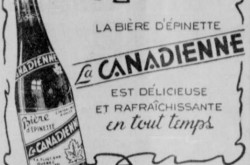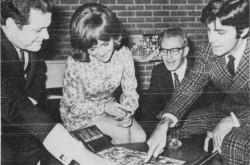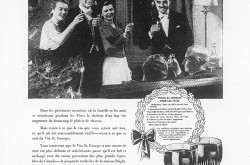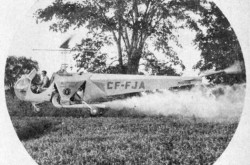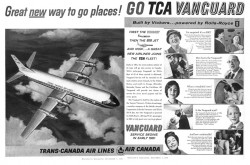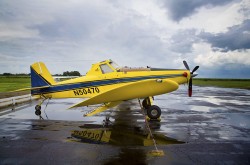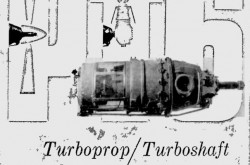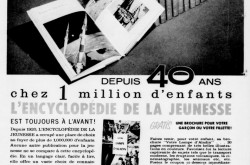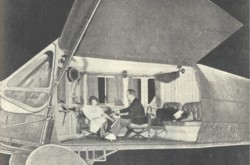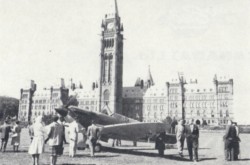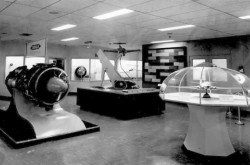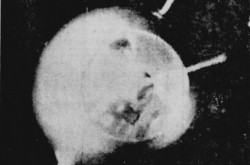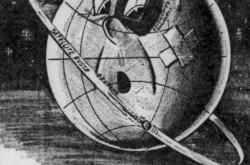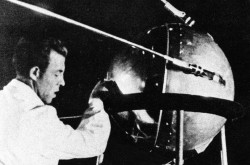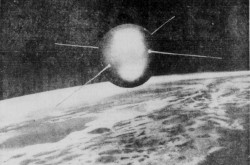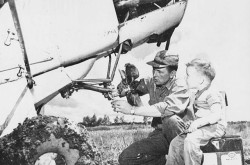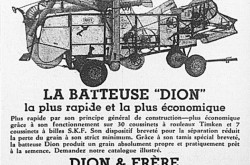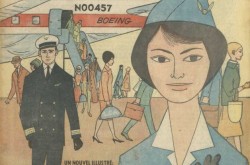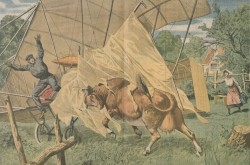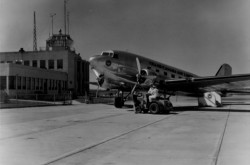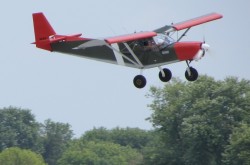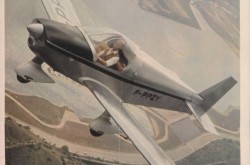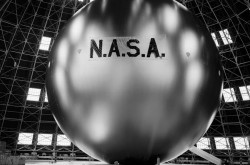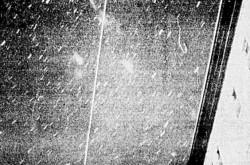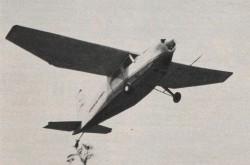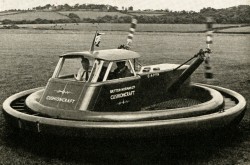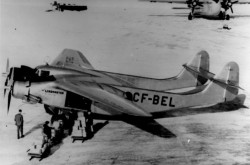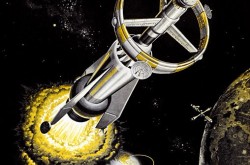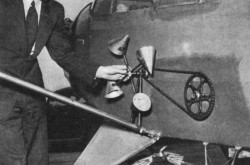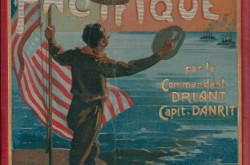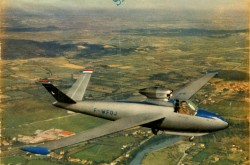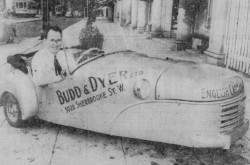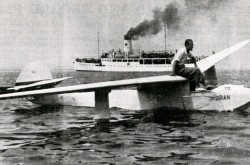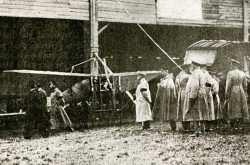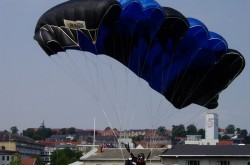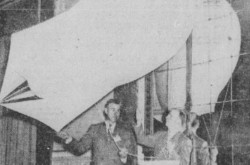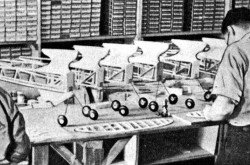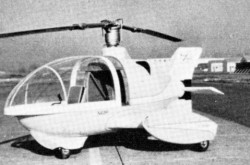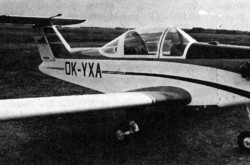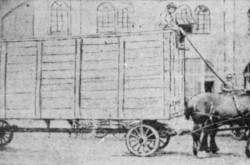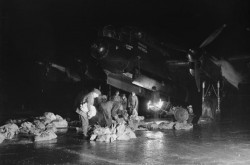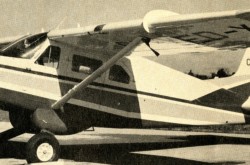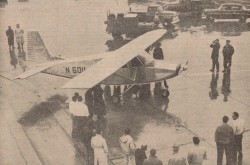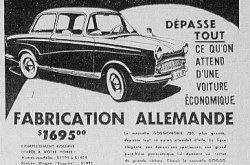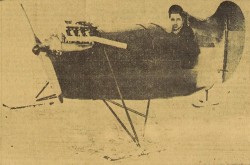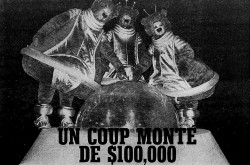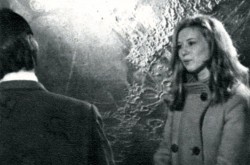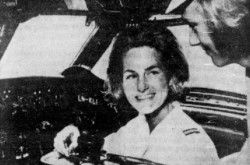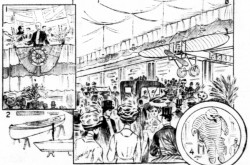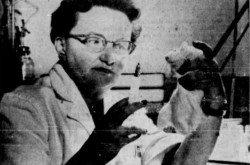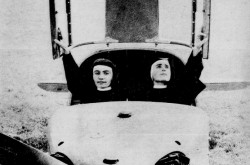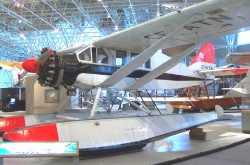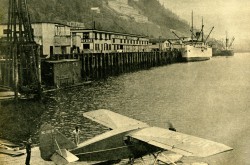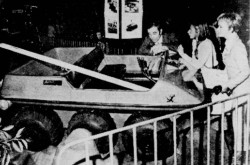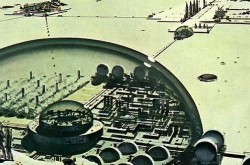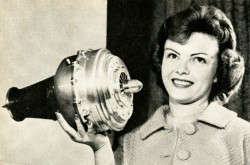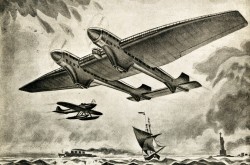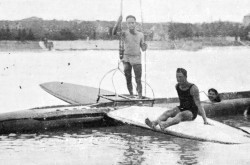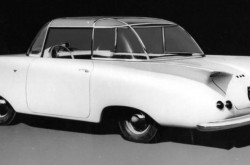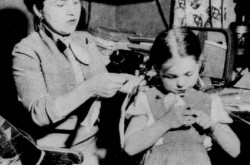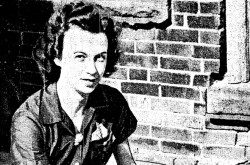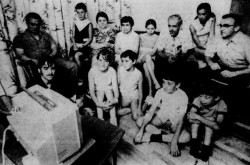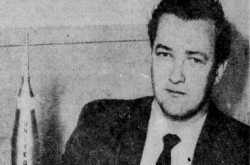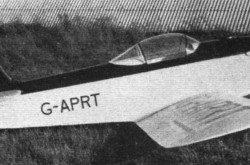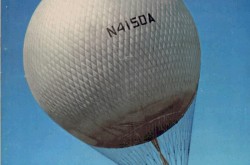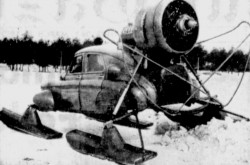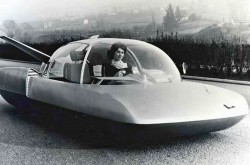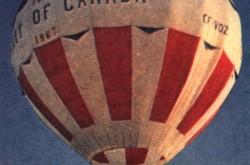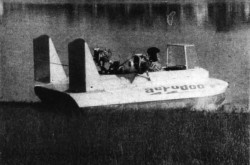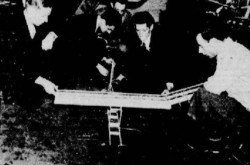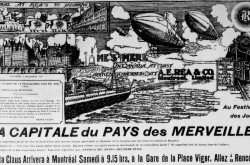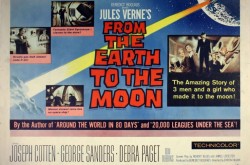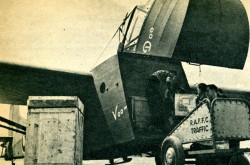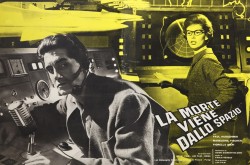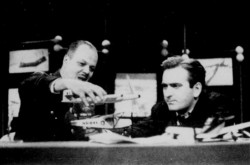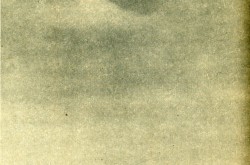“Like our ancestors the Normans, let us drink cider!” A brief overview of the history of Christin Limitée, a Québec soft drink producer which lasted for more than a century, under various names, Part 1

Welcome you to our virtual meeting place, my reading friend.
Right off the bat, yours truly must admit that I am not a fan of the type of product at the heart of the peroration about which I am going to type to you this week. While it is true that I consumed soft drinks in my distant youth, at a time when dinosaurs were still pounding the ground of our big blue marble, it is equally true that I have not absorbed that type of junk food for a great many years.
However, I must admit to having a weakness for French cider, which is definitely not junk food, regardless of whether that cider is Breton or Norman. And yes, at least one of my distant ancestors was from Normandy, which partly explains my choice of quote for this edition of our sparkling blog / bulletin / thingee.
That choice is also explained in part by my fondness for a 1966 hardcover comic book, Astérix et les Normands, in English Asterix and the Normans.
With that context behind us, let us begin without any further ado our overview of the subject that I have chosen for you, in other words the Québec soft drinks producers linked to the Christin family.
The first reference that I had the pleasure of finding dated back to May 1865. Two residents of Montréal, Province of Canada, in present-day Québec, Édouard Christin, known as Saint-Amour, I think, and Aimé Béliveau then informed the readership of a conservative Montréal daily, La Minerve, of the existence of their “Manufacture de Soda Water, Bière de Gingembre, Cidre et Sirops.”
I have the impression that the Christin in question was born in 1838. His spouse was in fact the sister of his business partner.
The problem is that at least 2 sources dating from 1893-94 and many other more recent sources indicate that the first firm bearing the name Christin was founded in 1855, while Édouard Christin was only 17 years old.
Assuming that the firm in question really appeared in 1855, its founder could only have been Joseph “Jos” Christin, also known as Saint-Amour, born in October 1822, in L’Assomption, Lower Canada, present-day Québec. A great many ancient and recent sources shared that point of view.
Are you perplexed, my reading friend? If so, please note that sources from the late 1860s and early 1870s listed the names Georges and Charles A. Christin as being involved in the soft drink trade.
I must confess to being perplexed by that plethora of Christins. How many firms bearing the Christin name saw the light of day between the mid-1850s and early 1870s? That is a big, flappy, messy mystery. Anyway, let us move on.
In any case, the firm or firms in question were probably not among the very first businesses of their kind in the province of Canada. The pioneering firms in the soft drink industry opened their doors even before the creation of that political entity, in 1841. Indeed, they perhaps appeared as early as the 1820s. This being said (typed?), the Christin family was the first francophone Canadian family involved in the production of soft drinks.
Would you believe that the first barrels of sparkling / seltzer / carbonated water arrived in Montréal, Lower Canada, present-day Québec, no later than June 1810? Or that Thomas Worthington, an English-born plumber present in that city no later than May 1833, counted repairing sparkling water production devices among his many talents?
Incidentally, it was in 1767 that the English chemist / educator / grammarian / natural philosopher / Unitarian theologian / political theorist Joseph Priestley invented carbonated water.
It was only from 1774, however, that this beverage became increasingly popular, and this thanks to the glass device designed that year by an English physician / scientist. You see, John Mervin Nooth was a tad put off by the unpleasant taste of the carbonated water produced by the device designed by Priestley. The device in question was actually a… pig’s bladder. Bon appétit tout le monde!
The first Homo sapiens who managed to produce carbonated water in industrial quantities was a goldsmith / watchmaker born in the Holy Roman Empire, in a city now in Germany. He was Johann Jacob Schweppe, born Jacob Schweppeus. Yes, yes, that Schweppe. His first factory opened in Genève / Genf / Geneva, Switzerland, in 1790, his second in London, England, in 1792. Schweppe sold most of his shares in the firm he had co-founded in England and returned to Genève in 1802. Schweppe & Company would continue without him, as you know.
Yours truly wishes I could tell you that an American pharmacist named Townsend Speakman was responsible for the invention of the first fruit-flavoured sparkling water, the nephite julep, in 1807, but I cannot. You see, Speakman had died in September 1793.
So, was fruit-flavoured sparkling water invented no later than 1793 or was the involvement of Speakman an urban legend, you ask, my reading friend? I wish I knew. I also wish I knew the number of the winning ticket of a lottery or two. Sorry.
The first reference linking Joseph Christin and soft drinks that yours truly had the pleasure of finding dates back to June 1863. An advertisement published in an issue of a daily newspaper from Saint-Hyacinthe, province of Canada, in present-day Québec, Courrier de St.-Hyacinthe, mentioned Joseph Christin & Company of Montréal, “Manufactureur [sic] de Soda, Cidre et toutes espèces de Syrops [sic].”
An advertisement appearing in September 1868 in another Montréal daily, The Daily Witness, described Christin as a “Manufacturer of Soda Water, Ginger Beer, &c.” Mind you, Christin then also sold ice. He would sell ice for quite a while in fact.

Reproduction of a period engraving showing the facilities of J. Christin & Company of Montréal, province of Canada, shortly after its founding. Anon., “–.” La Presse, 25 August 1930, 20.
As you might imagine, the production of soft drinks in Montréal during the 3rd quarter of the 19th century was no barrel of laughs. The saturator, in other words the equipment used to shove carbon dioxide in water, was activated by a horse. Given that this carbon dioxide was not available on the market, it had to be produced in the very workshop of Christin’s firm. And there was obviously no machine to wash the bottles. Everything was done by hand and with soap, in large wooden vats.
No later than June 1873, Christin joined forces with a certain Lapointe to create a soft drink distribution depot in Québec, Québec. A more or less similar business existed in Ottawa, Ontario, by 1878 at the latest.
Christin left this world in October 1886, I think, at the age of 64.
In August 1894, Joseph Adolphe Christin and Didace Wenceslas Gagnon founded the soft drink production firm J. Christin & Compagnie of Montréal, as well as an ice sales firm, St. Lawrence Ice Company of Montréal, later on Montreal Ice Company. The first obtained a federal charter in November 1917.
Christin was a nephew of the business leader who had died in 1886.
Yours truly wonders if the death of the widow of the uncle in question, Marie-Louise Christin, née Labelle, in March 1894, could explain the arrival on the scene of the nephew who, at that time, was studying medicine at Bishop’s College of Lennoxville, Québec, an institution of higher learning mentioned in a February 2024 issue of our mind-blowing blog / bulletin / thingee.
I must also mention that the name of Arthur Christin was mentioned in 1893 as being involved in the soft drink trade. As far as I know, the only person of that name working in that field was a bottler living in Chicago, Illinois, around 1894. That gentleman might, I repeat might, have resided on American soil for nearly 20 years.
Would you believe that a soft drink bearing the name of Arthur Christin, Belfast Ginger Ale, was among the products sold around 1901 by J. Christin & Company?
Yours truly must admit to having difficulty finding myself among all those Christins. Anyway, let us move on.
By the mid-1890s, J. Christin & Company produced a wide variety of seemingly original soft drinks, some of which might have been a tad unusual. Let us mention, for example, Mexican Cream Soda, Ginger Beer and Lemonade.
The firm also imported mineral water bottled in the German Empire by Aktiengesellschaft Apollinarisbrunnen but sold in Canada by the English firm Apollinaris Company Limited. It also imported mineral water bottled in France by the Compagnie Fermière de l’Établissement Thermal de Vichy.
Before I forget it, Belfast Ginger Ale, for which J. Christin & Company purchased the Canadian production rights no later than 1896, was the very first beverage of that type. It was in fact created no later than 1853 by the Anglo Irish physician / apothecary Thomas Joseph Cantrell. In 1896, that beverage was produced in Ireland by Cantrell & Cochrane Limited.
By the way, did you know that there was / is a real difference between ginger beer, in French bière au gingembre, and ginger ale, in French soda au gingembre? Not drinking either of these products, I was completely unaware of that. Ginger ale was / is clear, for example, while ginger beer, a stronger-flavored product, was / is often cloudy due to residue from brewing. Yes, yes, brewing. Did you not know that when it first appeared in England before 1810, ginger beer was apparently an alcoholic drink?
In those mid-1890s which concern us at the moment, the J. Christin & Compagnie factory was among the largest and best equipped in Québec, if not Canada. Its staff, 75 or so employees, produced thousands of bottles of soft drinks per day. J. Christin & Compagnie sold those products to merchants as well as restaurants, hotels and private clubs in Montréal, Québec, yes, the province, and elsewhere in Canada.
In October 1905, Christin, yes, Joseph Adolphe Christin, as well as the aforementioned Gagnon reorganised J. Christin & Compagnie and a firm unknown to me, Montreal Soda Water Company of Montréal, thus giving birth to J. Christin & Compagnie Incorporée, I think.
It was not until 1906 that this firm added a steam engine to its equipment, which would mean that its saturator(s) had until then been activated by horses. As a result, the production capacity of J. Christin & Compagnie increased considerably.
It was also around that time that at least one machine for washing bottles appeared in the workshops, which helped improve hygiene conditions.
The era of steam turned out to be very short, however. It was in fact around 1910 that the electrical fairy made its debut at J. Christin & Compagnie. As a result, bottling machines, labeling machines, washing machines, saturators, etc. were gradually equipped with their own motor.
Better yet, the first automatic bottling machine now made its debut. That expensive piece of equipment left the staff, from the humblest employee to the most senior bosses, simply speechless.
Let us not forget, the many operators who used the equally numerous copies of the manual tooling used until then dosed the addition of syrup with one hand, added the carbon dioxide with the other and applied the bottle caps by using a pedal. An experienced worker could bottle 10 or so bottles per minute.
J. Christin & Company’s first automatic bottling machine could literally replace dozens of bottling employees. Yours truly cannot say what happened to all those people. As the saying goes, you cannot stop progress, which is sometimes a shame.
If you asked me, the world would be a better place without junk food, social media, reality television, nuclear weapons, etc.

The booth of J. Christin & Company of Montréal, Québec, on the site of the second Exposition de produits alimentaires held in April 1907 at the Montréal Arena. Anon., “Exhibition of Groceries in Montréal.” The Canadian Grocer, 3 May 1907, 40 b.
It went without saying that, like all the important players in the Montréal food industry, J. Christin & Compagnie participated in the second Exposition de produits alimentaires held in the metropolis in April 1907 at the Montreal Arena.
Curiously, at least for yours truly, Le Prix courant, a Montréal francophone weekly magazine devoted to commerce, finance, industry, etc. in Montréal and Québec, yes, the province, mentioned the presence of J. Christin & Compagnie on the site of the Exposition de produits alimentaires but provided no information whatsoever on its products, and this even though the article it published at the end of April contained detailed information and photographs of booths for more than 20 exhibitors which, with 3 exceptions, belonged to anglophone Canadians or Americans.
The entirely positive information about our firm contained in an article published in May 1907 in the anglophone weekly The Canadian Grocer, published in Toronto, Ontario, included words linked to its products which were surprising, however: “For family use these beverages are unsurpassed, particularly in these days of impure, and consequently dangerous, water.”
Impure and dangerous water in Montréal, you ask, my worried reading friend? Well, yes.
Let me mention here that the drinking water available in Montréal was not necessarily of perfect purity. Let us not forget, serious epidemics of cholera swept through at least certain regions of the province of Canada in 1849 and 1854, with less serious epidemics in 1851-52.
According to a distinguished medical officer of health interviewed by the Montréal daily La Patrie in August 1906, words translated here,
In these times of excessive heat, a lot of water is consumed and the water is not pure. Our municipal analysts have long sounded the alarm: the water we drink is infected with deadly microbes. But no one seems to care. Nothing is being done to remedy the problem.
We have a permanent typhoid fever epidemic here. Two thousand people die each year from that disease and I do not hesitate to say that it is water which is the primary cause of this epidemic.
Wah!
It should be noted that, between 1880 and 1914, the annual mortality rate in the eastern districts of Montréal, often francophones and relatively poor, was around 25 per 1 000. That of the western districts of the city, often anglophone and relatively well-off, was around 15 per 1 000.
Would one dare to suggest that, with municipal elites generally living in the western part of Montréal or in towns west of that metropolis, the mortality rate in the east of the city was not a constant concern? Too controversial, you state, my reading friend who wants to keep me out of trouble? You are probably right. Many thanks for your positive insight and tendencies.
Speaking (typing?) of positivity, the following might hit the nail on the head.

Joseph Adolphe Christin. Anon., “Sport – Alliance entre le National et le Montagnard.” La Presse, 9 December 1903, 3.
In 1908, Christin, yes, Joseph Adolphe Christin, bought a plot of land in Montréal in order to install an open-air skating rink surrounded by an indoor roller skating rink. The magnificent and very expensive building inaugurated in November was called the Forum. Yes, yes, the Forum.
It was on the same site that another building would be built, the second Forum, which generations of Montrealers would frequent between 1924 and 1996 to attend exciting hockey games, when the Club de hockey Canadien was a team worth cheering, but back to our story.

Albert Hudon. J.A. Fortier, Biographies canadiennes-françaises, Tome 1 – 1920. (Montréal: Imprimerie La Patrie, 1920), 89.
J. Christin & Compagnie was liquidated in November 1917. That firm owed considerable sums of money, sums that it could not pay, to one of the largest wholesale grocery businesses in Québec, Hudon & Orsali Limitée, and its president, Montréal businessman / trader Albert Hudon.
Yes, yes, the Hudon & Orsali mentioned in a January 2024 issue of our electrifying blog / bulletin / thingee, a firm run from February 1950 onward by Marc H. Hudon, a gentleman mentioned in that same issue.
Yours truly is of the opinion that the first Hudon and the second Hudon were uncle and nephew respectively. Ours is a small world is it not, especially within Québec’s francophone community of the early 20th century?
It really is. Indeed, in June 1901, the president of Hudon & Orsali had married Anna Marie Alphonsine Casgrain in a second marriage. Yes, yes, Casgrain. The young lady in question was a niece of Henri-Edmond Casgrain, the dentist / inventor from Québec at the heart of a February 2024 issue of our you know what. How about that, huh? How about that?
In fact, have you ever wondered if, like the famous Captain Jack Sparrow, a gentleman (?) mentioned in many issues of our blog / bulletin / thingee since September 2018, yours truly plans it all, or just makes it up as I go along. A gentleman never tells, it is said, and the non gentleman that I am shall do the same today.
Yours truly is of the opinion that Hudon, yes, Albert Hudon, acquired J. Christin & Compagnie in November or December 1917. J. Christin & Compagnie Limitée was then born.

J. Albert Pelletier. Anon., “L’essor d’une industrie canadienne – M. J. Albert Pelletier, président de la maison J. Christin & Cie, Limitée.” La Presse, 25 August 1930, 20.
Montréal businessman J. Albert Pelletier acquired J. Christin & Compagnie around 1920. Over the years, he modernised the tooling and created a laboratory to control the quality of the products.
Incidentally, yours truly wonders if Pelletier was behind the bottling in Montréal of Lemon Crush and, especially, Orange Crush, a duo of well known American soft drinks produced by Orange Crush Company, and this no later than May 1920.
Working under the leadership of Pelletier, J. Christin & Compagnie seemed to go on its own merry way. By 1927 at the latest, for example, its management organised a softball team in the Montréal industrial major league created by the important American sports equipment firm A.G. Spalding & Brothers Incorporated. In fact, said team won the championship that year.
That excellent piece of news undoubtedly constitutes an excellent pretext to conclude the first part of this article. Indeed, a championship is something to be celebrated. In moderation.


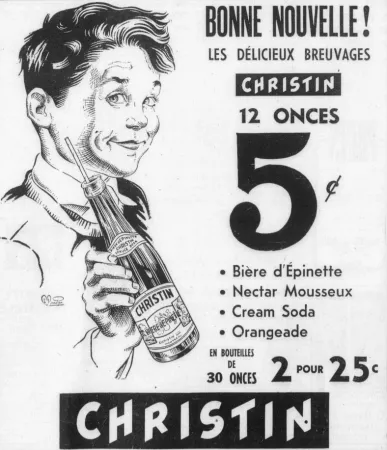


































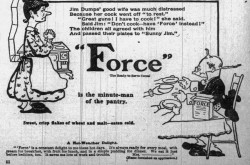
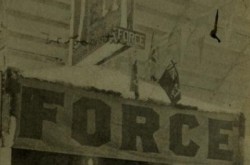
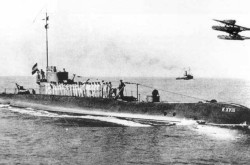
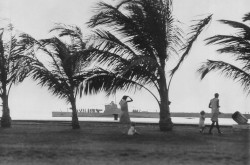
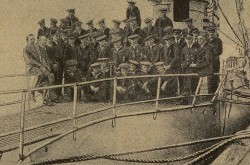
![A block of photographs showing some of the people involved in the bombing of beluga whales in the estuary and gulf of the St. Lawrence River. Anon., “La chasse aux marsouins [sic]. » Le Devoir, 15 August 1929, 6.](/sites/default/files/styles/thumbnail_7/public/2024-09/Le%20Devoir%2015%20aout%201929%20page%206.jpg?h=584f1d27&itok=TppdLItg)
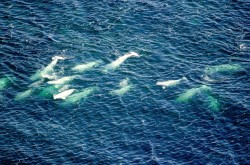
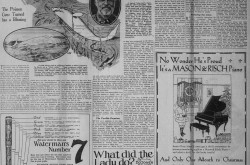
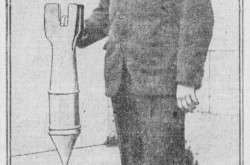
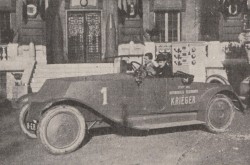
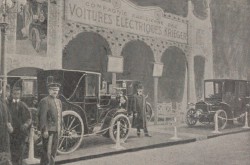
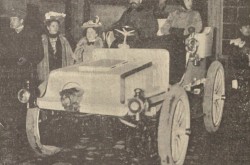
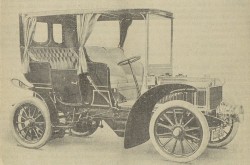
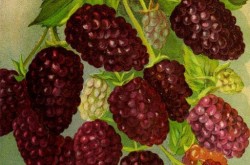
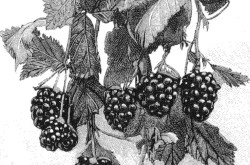
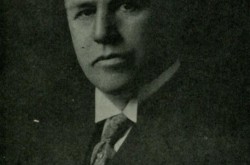
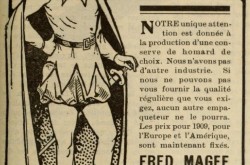
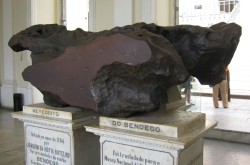
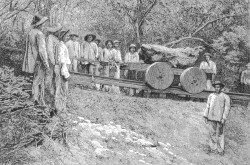
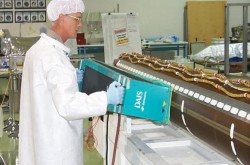
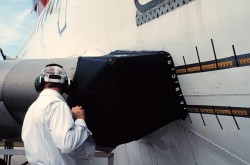
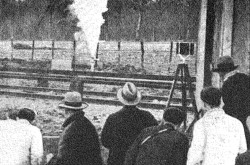
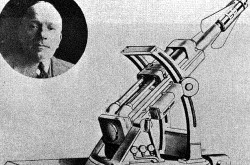
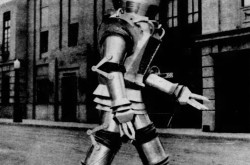
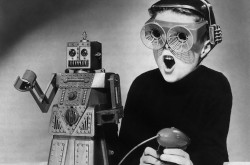
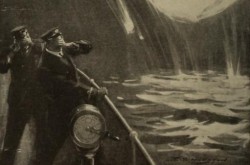
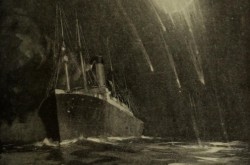
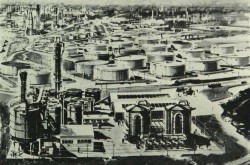
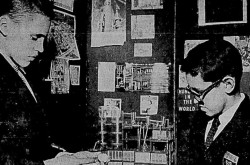
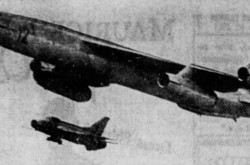
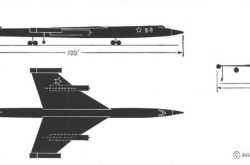
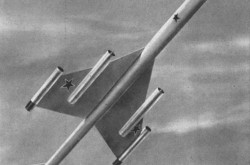
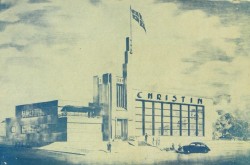
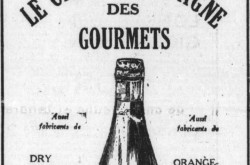
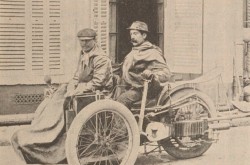
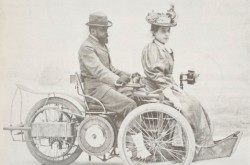
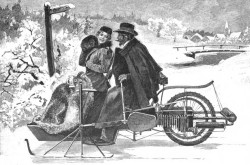
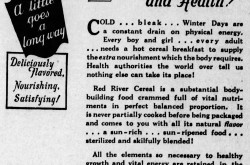
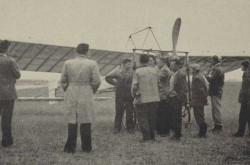
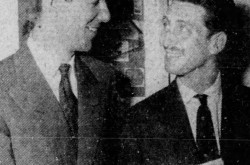
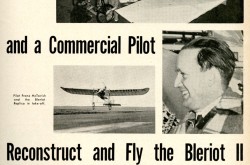
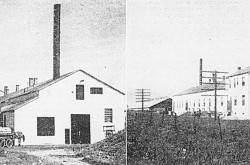
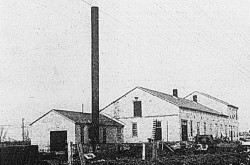
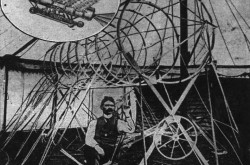
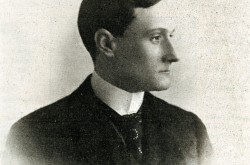
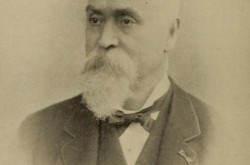
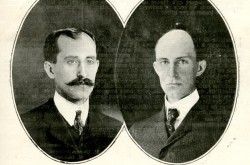
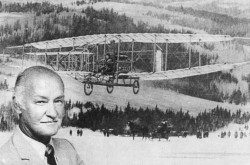
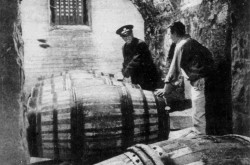
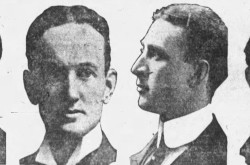
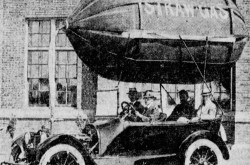
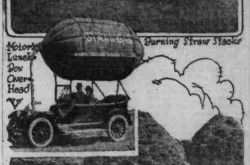
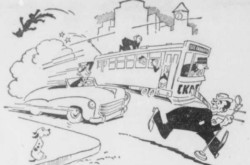
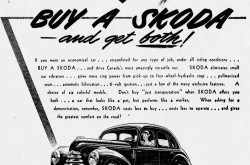
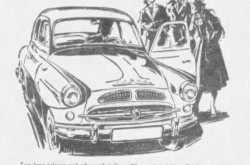
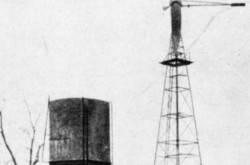
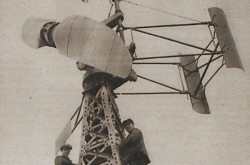
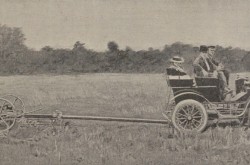
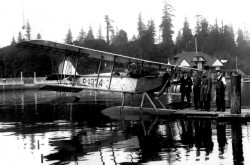
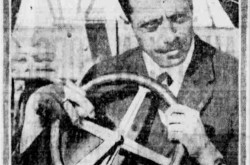
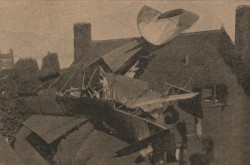
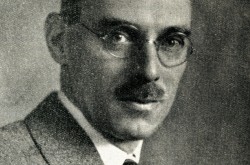
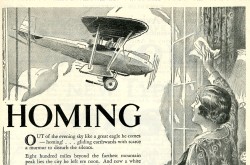


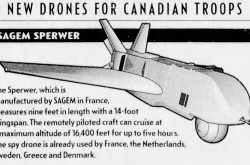
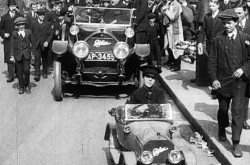
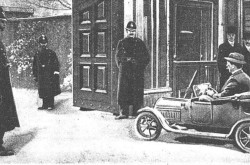
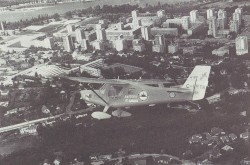
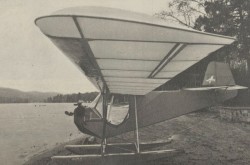
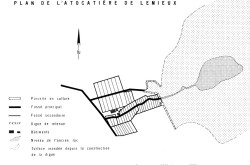
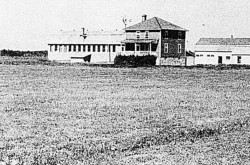
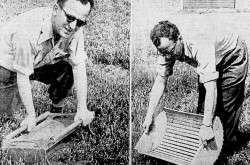
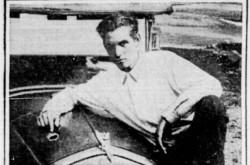
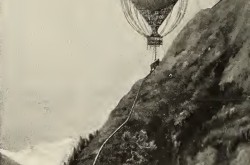
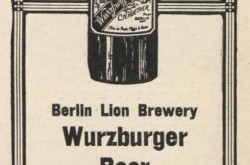
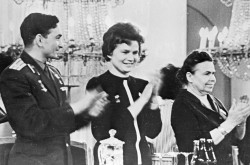
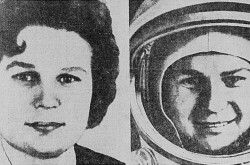
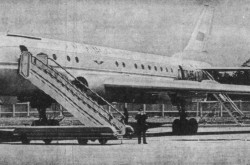
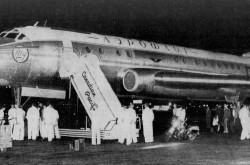
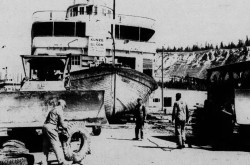
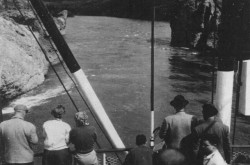
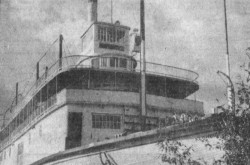
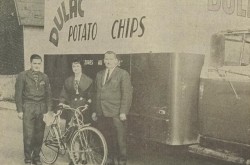
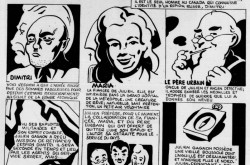
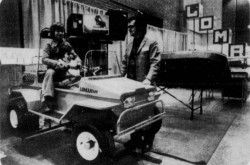
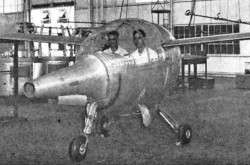
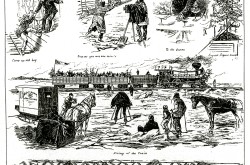
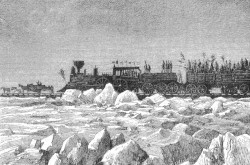
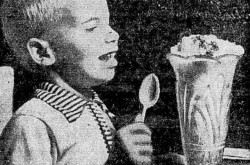
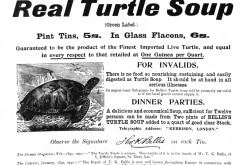
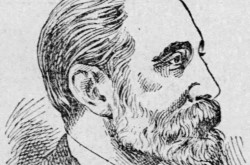
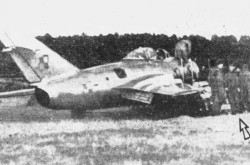
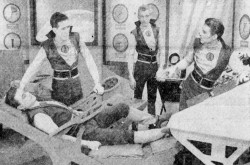
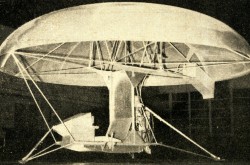
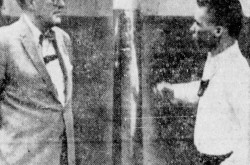
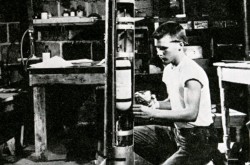

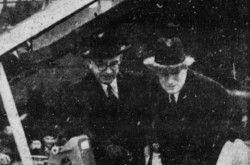
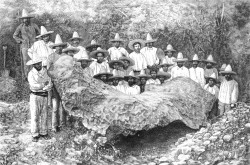
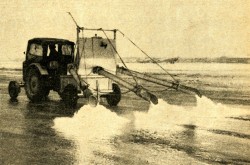
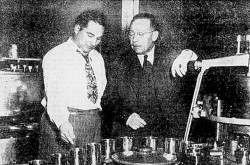
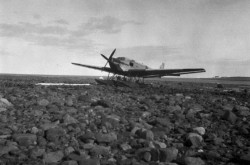
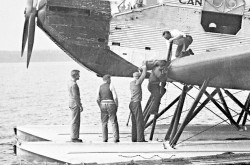
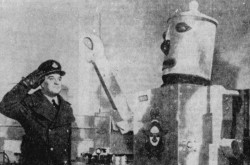
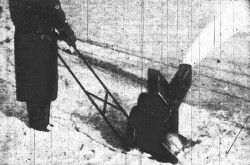
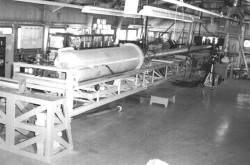
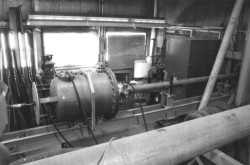
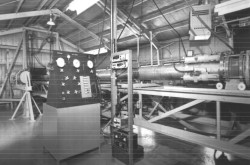
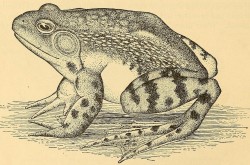
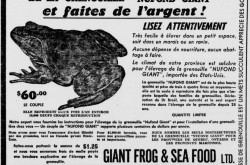
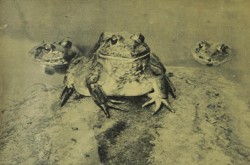
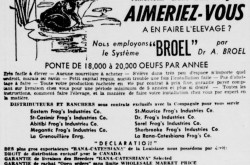
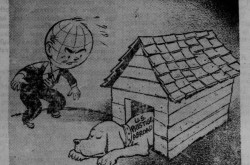
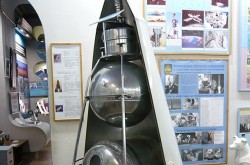
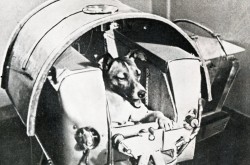
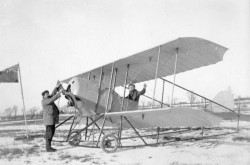
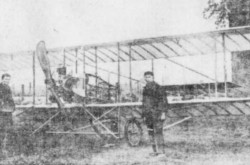
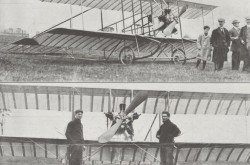
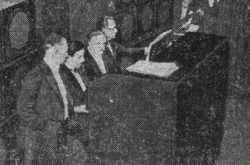
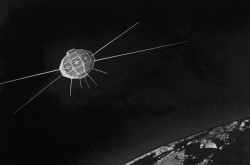
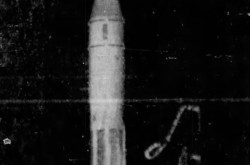
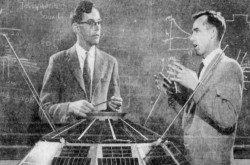
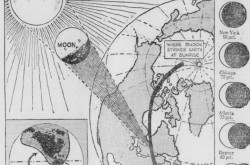
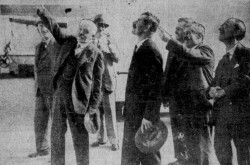
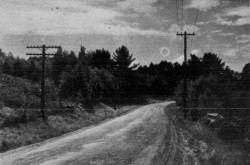
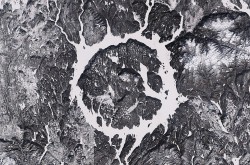
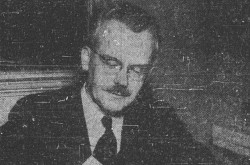
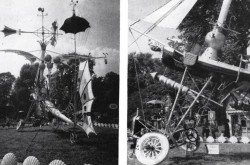
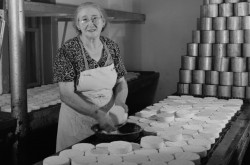
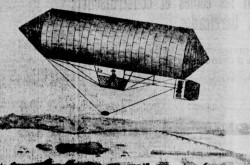
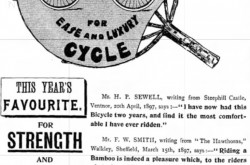
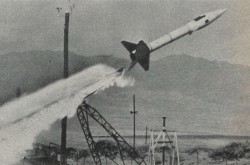
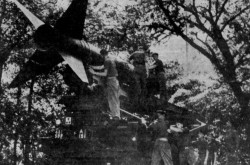
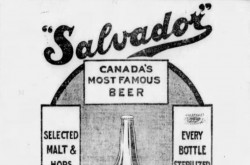
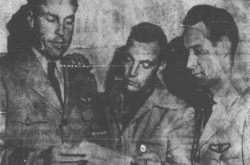
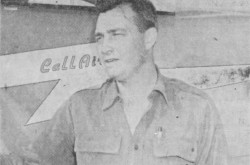
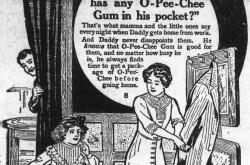
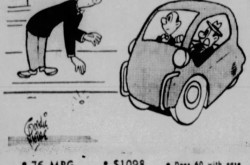
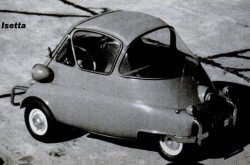
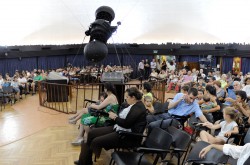
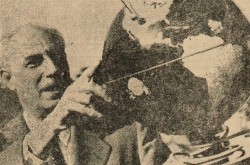
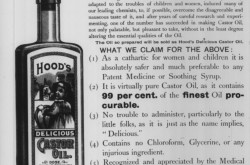
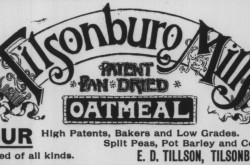
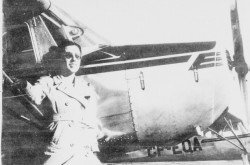
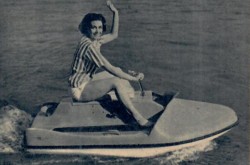


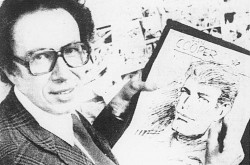
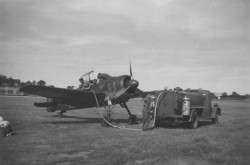
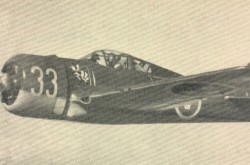
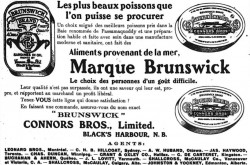
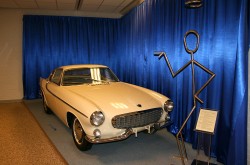
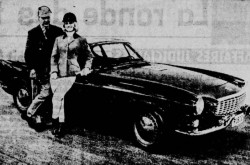
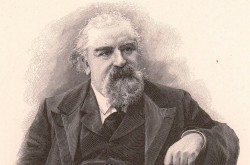
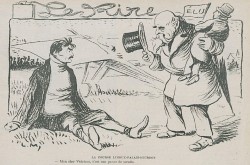
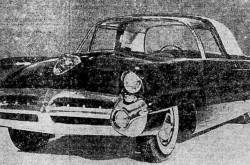
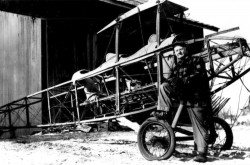
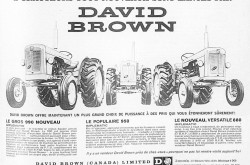
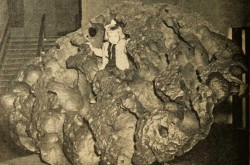
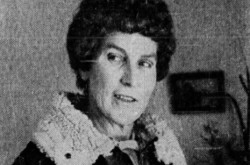
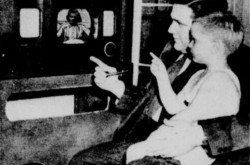
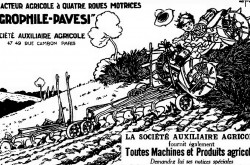
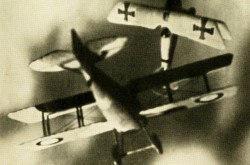
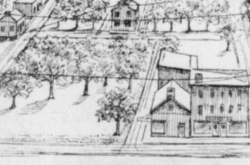
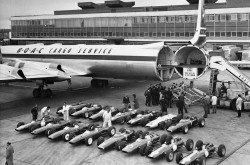
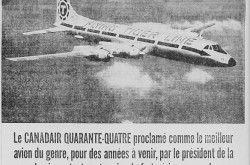
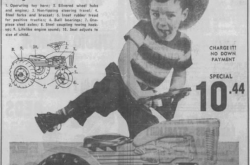
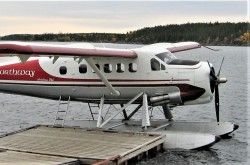
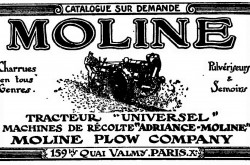
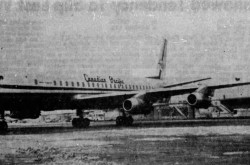
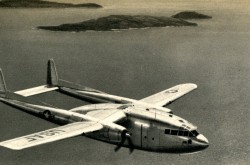
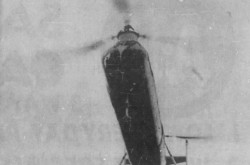
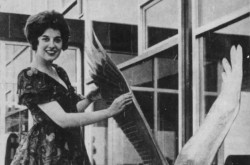
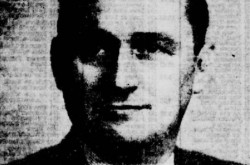
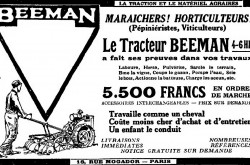
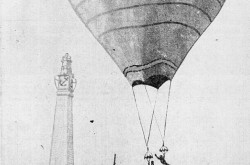
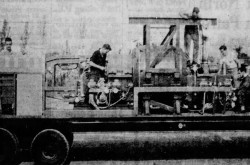
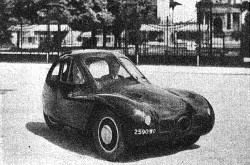
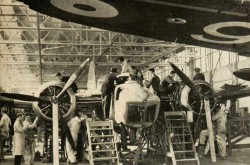
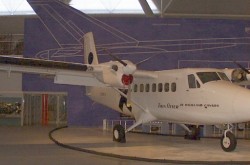
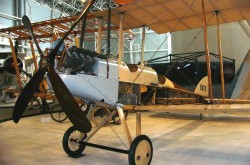
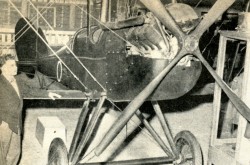
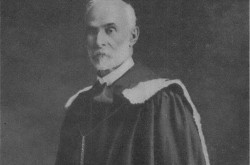
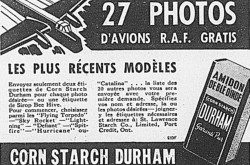
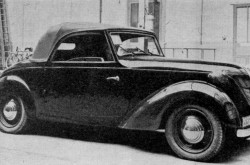
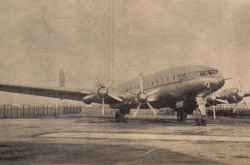
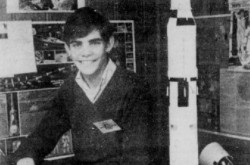
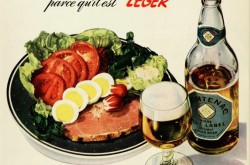
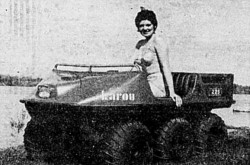
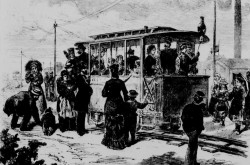
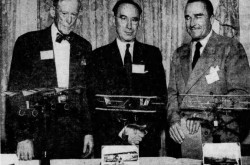
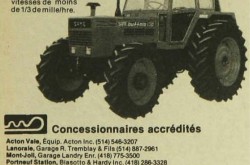
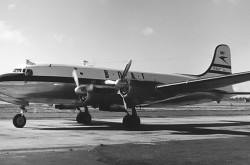
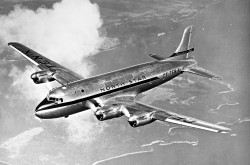
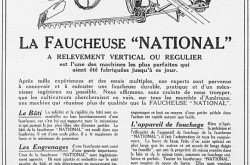
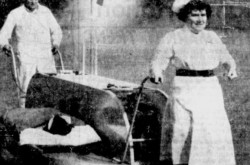
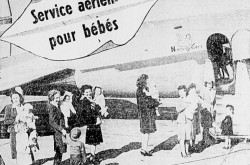
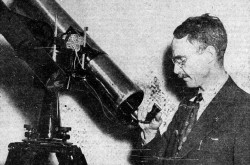
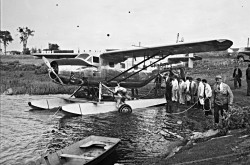
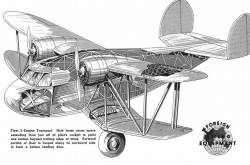
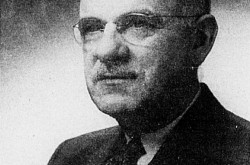
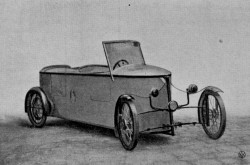
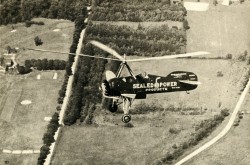
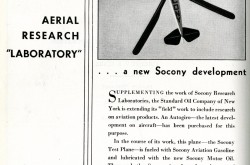
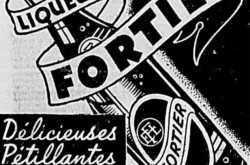
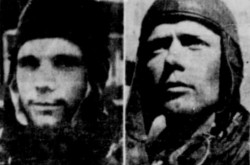

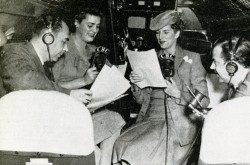
![Peter Müller at the controls [sic] of the Pedroplan, Berlin, Germany, March 1931. Anon., “Cologne contre Marseille – Le mystère du ‘Pédroplan.’ [sic]” Les Ailes, 2 April 1931, 14.](/sites/default/files/styles/thumbnail_7/public/2021-04/Les%20Ailes%202%20avril%201931%20version%20big.jpg?h=eafd0ed4&itok=WnBZ5gMf)
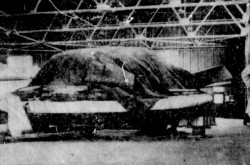
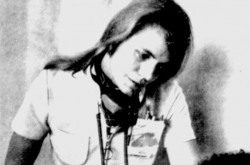
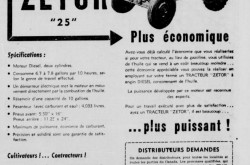
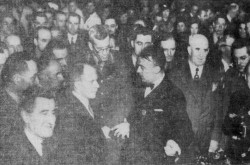
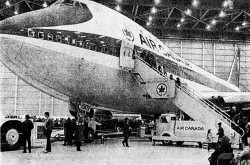
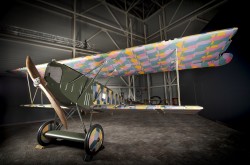
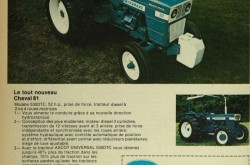
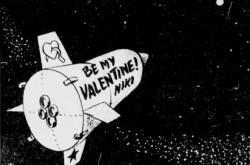
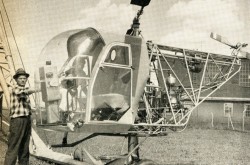
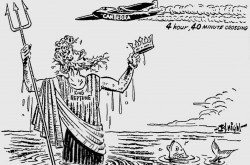
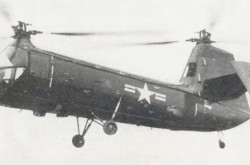
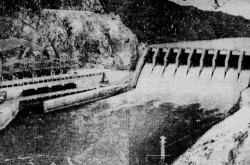
![One of the first de Havilland Canada Chipmunk imported to the United Kingdom. Anon., “De Havilland [Canada] DHC-1 ‘Chipmunk.’” Aviation Magazine, 1 January 1951, cover.](/sites/default/files/styles/thumbnail_7/public/2021-01/Aviation%20magazine%201er%20janvier%201951%20version%202.jpg?h=2f876e0f&itok=DM4JHe5C)
